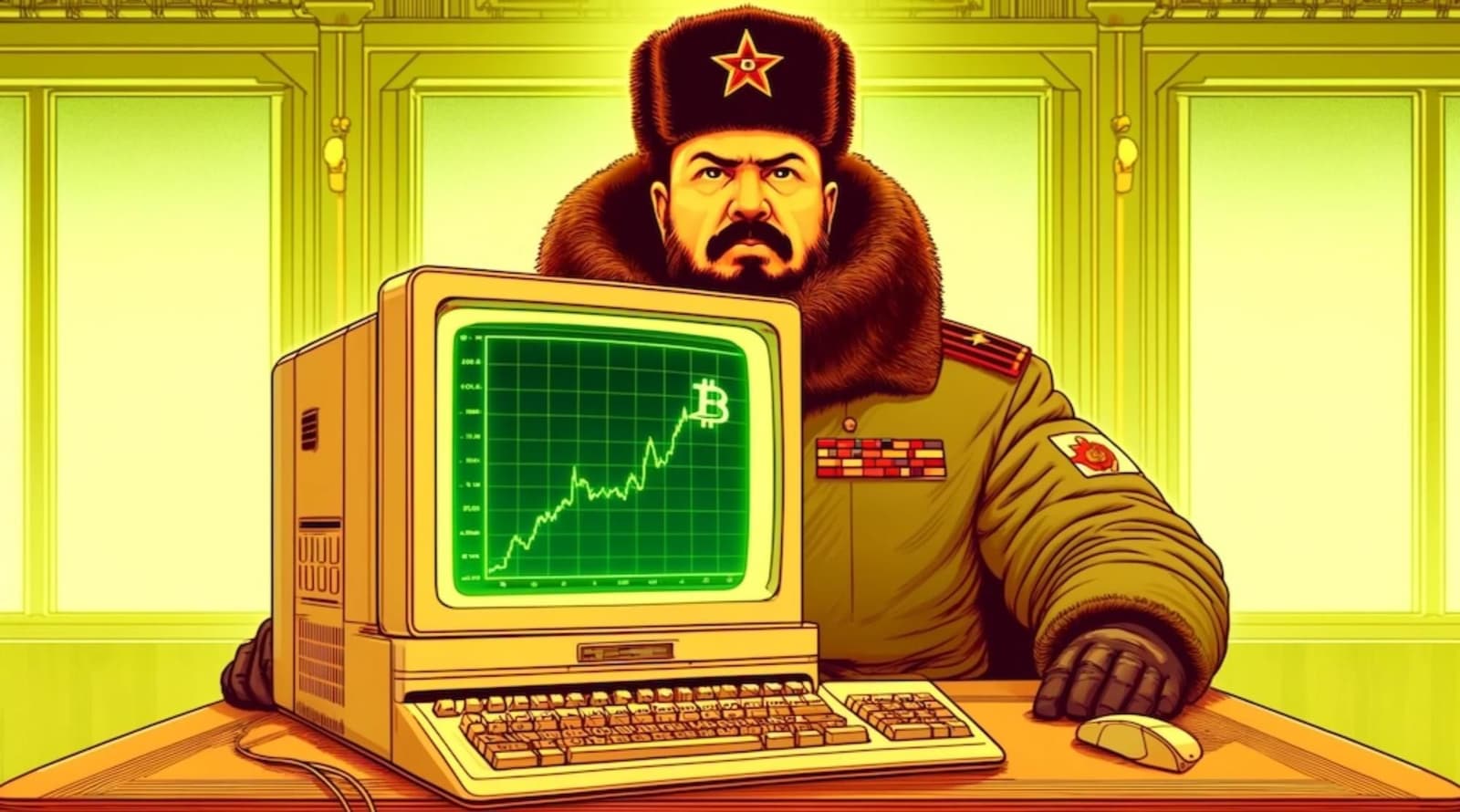The Kremlin is getting upset. The dictatorship government is supposed to have full control over citizen’s money. And yet, the Russian Central Bank flags a sharp rise in crypto-related activity. According to the bank's latest financial stability report, there's been a significant uptick in transactions on crypto exchanges and peer-to-peer platforms by Russian citizens.
From Q4 2023 to Q1 2024, web traffic on major crypto sites increased by 16.4%.
Russians made 104.6 million visits to these platforms, with unique IP addresses rising by 15.1%. Notably, 7% of all traffic on major international crypto exchanges originates from Russia, slightly down from a 9% peak last year.
Using Transparent Blockchain, a tool developed by Rosfinmonitoring, the bank revealed over $50.2 billion in transactions potentially linked to Russians. This includes trades, P2P payments, remittances, and payments for goods and services.
The report also highlighted the risks of holding crypto in Russia, especially amid growing geopolitical tensions.
The bank warned of potential sanctions from Western countries, which could block access to funds held in stablecoins like USDT and USDC.
Despite these concerns, Russians are gravitating towards higher-cap crypto assets like Bitcoin and Ethereum, as well as USD-pegged stablecoins. In other words, common Russian, who are familiar with cryptocurrency, tend to transfer their savings in BTC, ETH and USDT.
The bank advised domestic financial institutions to steer clear of crypto-related financial instruments and services.
With Binance's exit from the Russian market and new regulations on the horizon, the future of crypto in Russia remains uncertain. The central bank's stance signals a tightening grip on financial freedom in the face of growing crypto enthusiasm.

